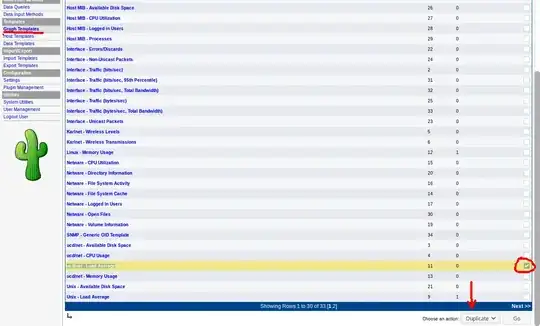We have just purchased a APC rack (model AR204A) with 12-24 threaded holes. We couldn't get a "square hole" model in time for our setup deadline. Unfortunately our rack servers (Lenovo RD240) appear to have 10-32 thumbscrews for securing the server to the rack. We've successfully mounted the server rails to the rack using 12-24 screws however the 10-32 thumbscrews in the server front won't "grab" the 12-24 holes in the rack, thus there is nothing to stop the server from sliding right off the rack if pushed from the back.
The thumb screws on the server don't seem to be removable, so we can't simply use 12-24 screws instead. Any suggestions on how to work around this problem? Is there any way to "convert" a 12-24 hole to a 10-32 thread (or similar approach)?
Thanks in advance.
